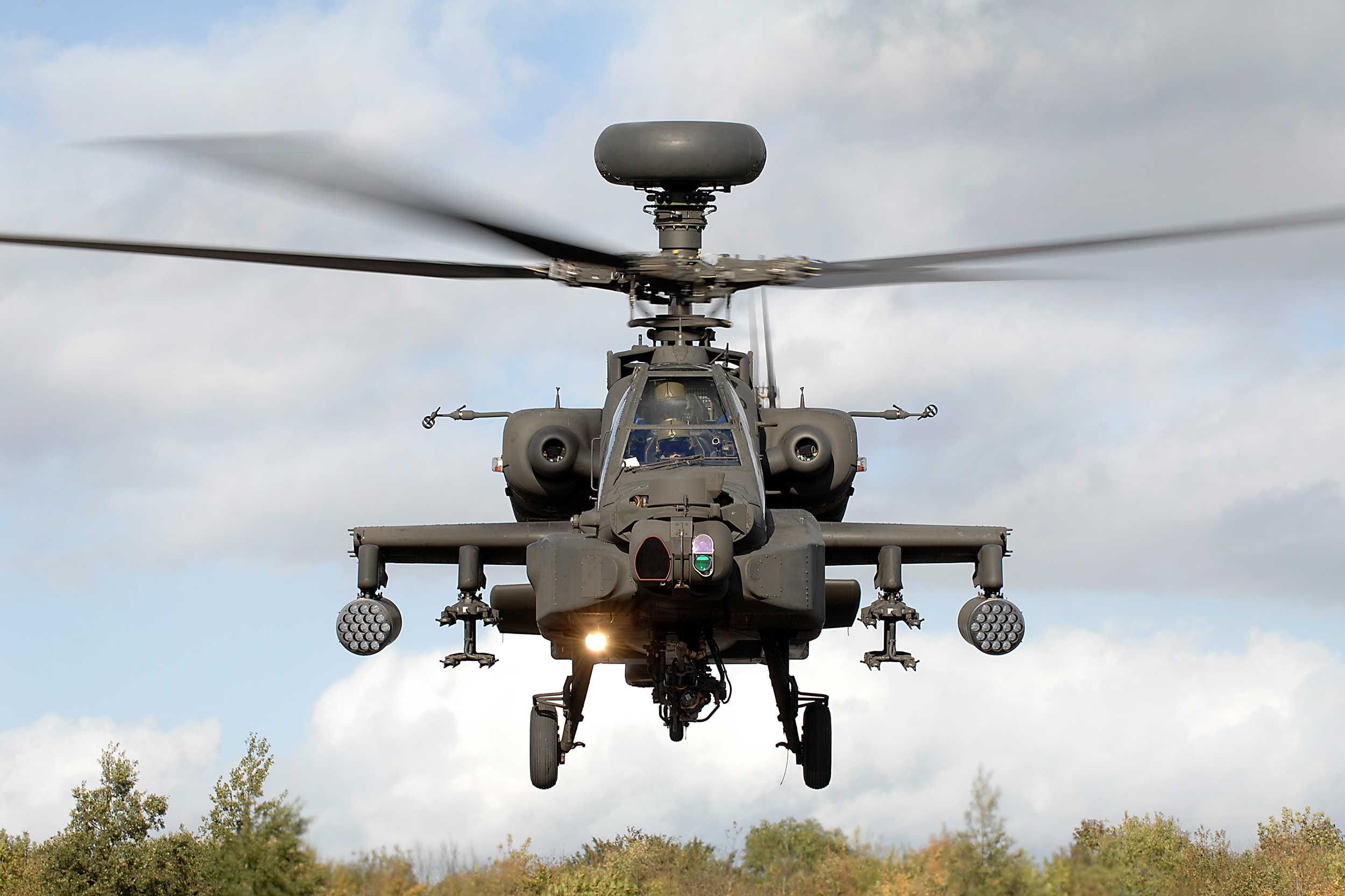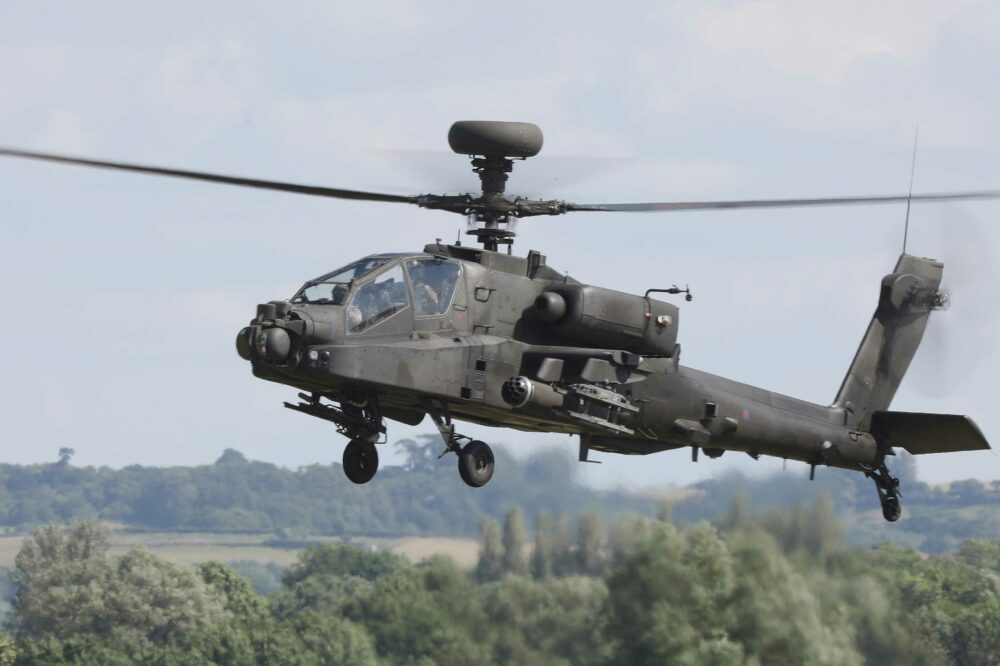The Army Flying Museum at Middle Wallop, Hampshire now has an Apache AH Mk.1 helicopter on permanent display. It’s the only place in the UK that the public can see the attack helicopter.
The retirement of the Apache AH Mk.1 in March, after over two decades, marked the end of an era for the British Army, with a packed balcony of visitors at the Museum able to watch a special fly-past.
Major General Neil Sexton, Chairman of the Army Flying Museum said, “We have worked for many years to ensure that when the Apache AH Mk.1 was retired, we would be its custodians.
“Conserving and allowing the general public to view the airframe and its story, will serve as a fitting tribute to a helicopter that played a significant role in the lives of so many men and women who have served in our armed forces, and in British military history.”
Museum supporter, former Army Air Corps Apache Pilot and Astronaut Major Tim Peake, said on its retirement, “Today the British Army said goodbye to the Apache AH Mk.1 after 23 years of service. A real workhorse and a fantastic aircraft to fly.”
Army Flying Museum
Apache Fast Facts
- The Apache AH Mk.1 was built under licence by Westland Helicopters (later AgustaWestland).
- It is derived from the Boeing AH-64D Apache. 67 Apache AH Mk.1s were ordered for the British Army; the first eight of these were made by Boeing.
- It came into service with the Army Air Corps in 2001 and was the first purpose-built attack helicopter to be adopted by the British Army.
- Unlike the AH-64D, the Apache AH Mk.1 was powered by two Rolls-Royce Turbomeca RTM 322 engines. Each engine is capable of delivering a maximum 2,300 shaft horsepower, giving the aircraft a cruising speed of around 260 kilometres per hour.
- Unlike the AH-64D, it was also equipped with folding blades, allowing the British version of the aircraft to operate from ships.
- The Apache AH Mk.1 is fitted with a 30-mm M230 chain gun, located under the nose of the helicopter. This can fire around 625 rounds per minute.

Photo: Peter Davies/MOD
- The Apache AH Mk.1 can carry up to 76 CRV-7 rockets and up to 16 Hellfire missiles, or a combination of these weapons depending on the mission.
- The aircraft is fitted with Longbow radar which can find and track targets, monitor airspace, and profile the terrain around the helicopter. Its placement above the main rotors allows the Apache to scan the surrounding area from behind cover, only exposing the radar.
- The Army Air Corps deployed Apache AH Mk.1s in Afghanistan and during the NATO military intervention in Libya in 2011.
- ZJ224 served with 656 Squadron Army Air Corps in Afghanistan. On 15th January 2007, it was one of two Apache helicopters that carried troops on their stub wings into Jugroom Fort, Helmand Province, to rescue a fatally wounded comrade.













